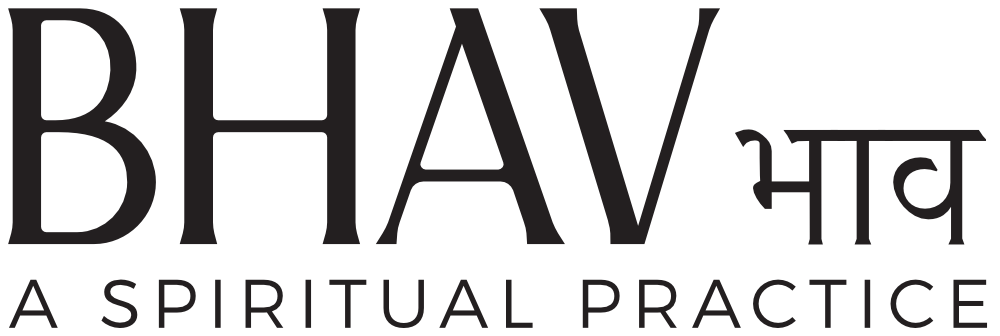Patanjali’s eight limbs of yoga: NIYAMA | SAUCHA
In the yoga tradition, both external and internal purifications are precisely defined and their course of practice clearly defined. External purification consists of six cleansing techniques known as Shat Karma. They are:
Dhauti, upper wash
Basti, enema
Neti, nasal wash
Trataka, cleansing the cortex with gazing
Nauli, churning the navel centre
Kapalabhati, fanning the fire in the head
In the tantric tradition of Sri Vidya, these external techniques are further developed with the Ayurvedic method of cleansing known as Panchakarma.
Over the centuries, Sri Vidya masters of the Himalayan Tradition continually refined these cleansing techniques. This culminated in a single master practice - Agni Sara, “the essence of fire." This practice awakens the internal fire at the Manipura Chakra, the solar plexus and gives us access to our pelvic and abdominal cavity to awaken, energise and nourish our gut brain.
The energy generated by Agni Sara enhances the function of our vagus nerve, which in turn enhances the harmonious function of all our visceral organs. We become aware of the toxins and impurities affecting them in turn allowing us to cleanse.
According to chapter 2 of the Hatha Yoga Pradipika, our health and longevity depend on the steady, smooth flow of Prana Shakti, the life force. With the help of external cleansing techniques, toxins are removed and internal organs energised, life force flows through the energy channels more freely.
The unobstructed flow of prana enables us to clearly observe our deeper states of mind. We know when our mind is disturbed and distracted. We begin to see how fear, doubt, anger, hatred, jealousy, greed, and confusion pollute our mind and motivate us to think, speak and act irrationally.
We destroy the mental pollutants, the Kleshas, Avidya, Asmita, Raga, Dvesha, and Abhinivesha and we are rewarded with five gifts - the purity of our essential being, a positive mind, one-pointedness, victory over the senses, and a direct experience of our true self.

